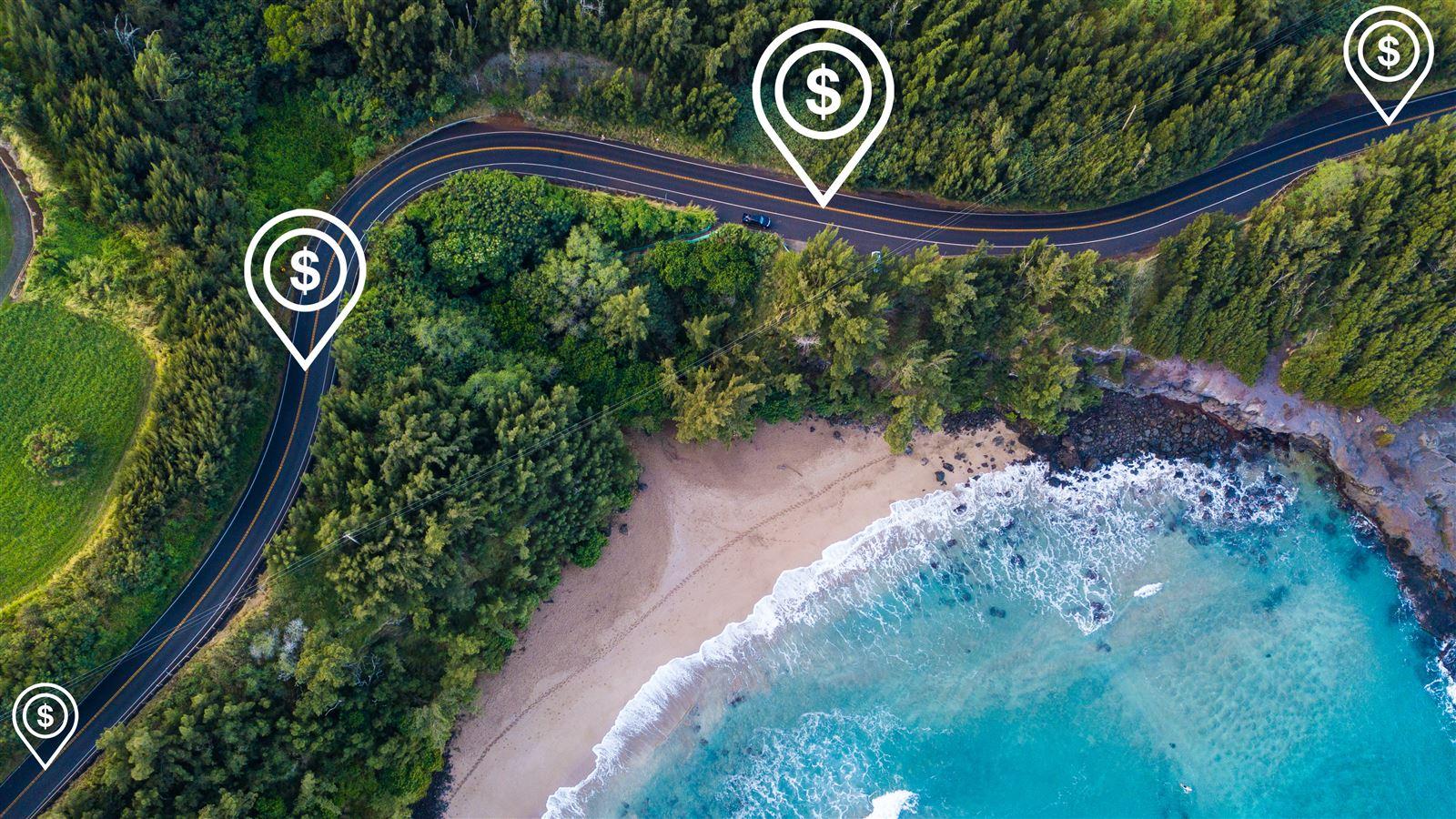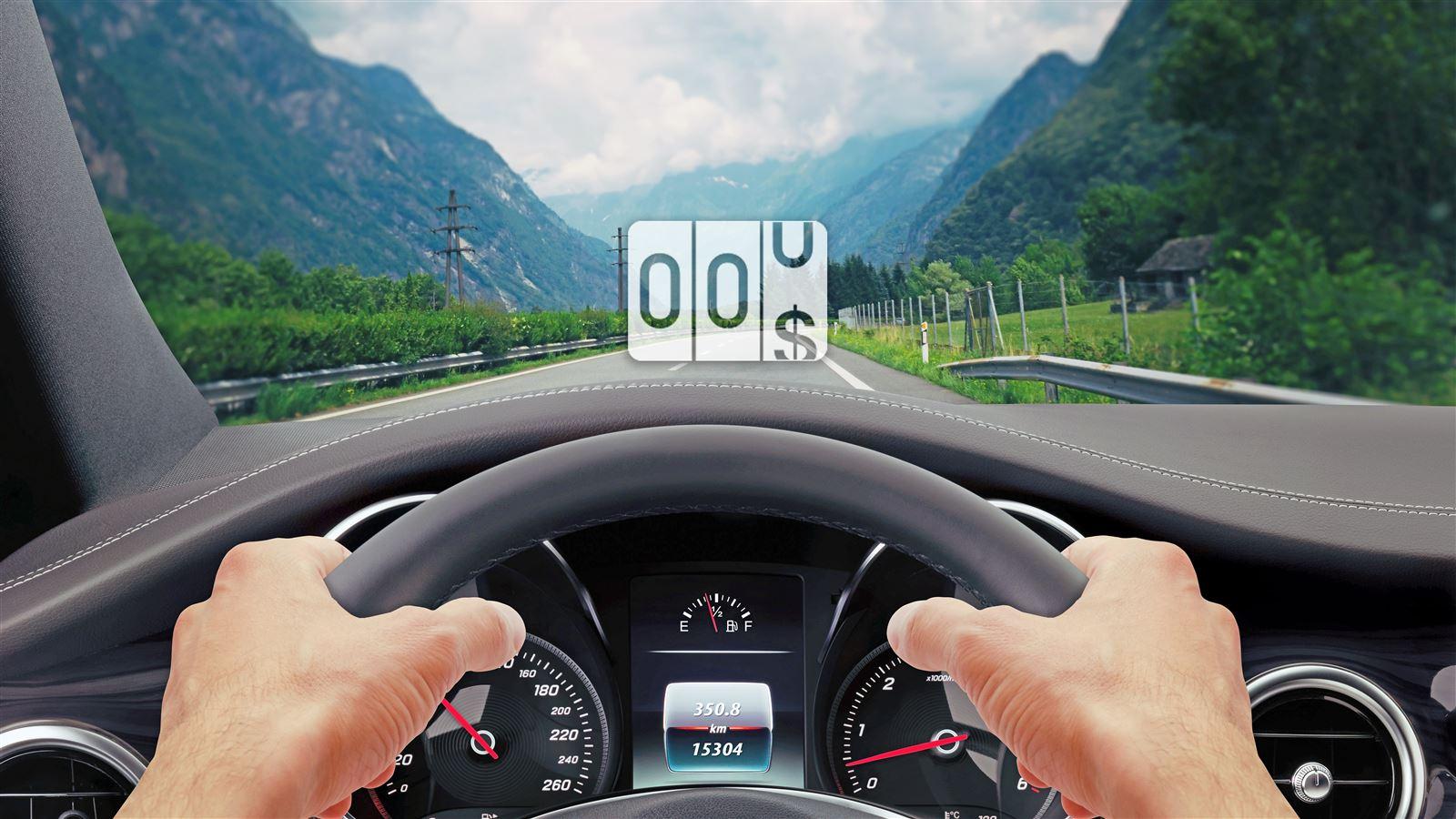Policy and Technology Innovations Help Move Utah to the Nation’s 2nd RUC Program
Like other states in the U.S., funding for Utah’s transportation infrastructure has been impacted by the decline of the gas tax and an uptick in electric and hybrid vehicles that pay no gas tax at all. Utah’s drivers are also traveling more miles each year; it’s projected that by 2040, Beehive State drivers will reach 51 billion miles annually.
With vehicle efficiencies growing almost as fast as roadway repairs and maintenance costs, the state launched a thorough evaluation of its policy options. Working with the road usage charge (RUC) experts at CDM Smith, Utah began to explore how a RUC system could solve for the looming crisis of roadway funding while working towards a more sustainable future for the state.
A Distinctive RUC Program
On January 1, 2020, Utah launched a per-mile RUC as an alternative for alternative fuel vehicles in lieu of registration surcharges already in place for those vehicles. In most states, law requires owners of alternative fuel vehicles to pay an additional fee during annual vehicle registration intended to capture some of their impact to the road system since those owners contribute little or no gas tax revenue as compared to owners of conventional vehicles. But with a RUC program in place, owners of alternative fuel vehicles in Utah have two options: pay the annual additional fee or enroll in the state’s RUC program and be charged 1.00 cents per mile up to the additional flat fee amount.
“This sole focus on alternative fuel vehicles is new for RUC in the United States, as is the inclusion of a flat fee option and annual RUC cap tied to the flat fee amount,” says program manager Matthew Dorfman.

How it Works: the App
Program participants sign up with a third-party commercial account manager that collects and reports miles driven via embedded telematics or in-vehicle technology. They then set up a pre-paid digital wallet from which mileage fees are deducted periodically. Charges are automatically processed as miles are driven. Payment of their per-mile fee stops once the accumulated total for the year is equal to the annual flat fee. Drivers submit an annual “true-up” odometer-capture photo via the program’s DriveSync® for UDOT app to make sure that mileage collected corresponds to the actual odometer readings.
Utah is a leader in sustainable funding solutions, and CDM Smith is excited to be working alongside UDOT as they improve and advance their RUC program to bring sustainable funding to Utahns.
RUC Expansion Down the Road
In response to the Utah legislature’s broad tax reform package that, among other things, directed UDOT to develop options for transitioning all vehicles in the state to a road usage charge by 2032, UDOT worked with CDM Smith’s policy experts to host a Future of Road Usage Charge workshop in February 2020 in Salt Lake City. Workshop participants came from UDOT’s RUC team and related personnel, CDM Smith’s team of RUC experts and advisers, and Utah DMV.
To start, the team created 10 scenarios, each with a unique set of objectives and a narrative description of how it would be achieved. Then, after narrowing down to six scenarios, participants began to assemble the building blocks to meet the objectives of each scenario. What emerged was a picture of what it would take to grow to a full-scale system. For each scenario, a building block was characterized as either “essential” or “non-essential,” grouped thematically by activity or issue area, and then placed on the timeline.
Jenny Roberts, the project’s technical lead, says that as UDOT continues to work towards finding a full-scale rollout solution, a RUC system will meet the state’s current and future needs. “Utah is a leader in the exploration and creation of sustainable transportation funding solutions for the future, and CDM Smith is excited to be working alongside UDOT as they continue to improve and advance their RUC program to bring sustainable funding to Utahns,” she says.


CDM Smith is excited to be working alongside UDOT as they continue to improve and advance their RUC program to bring sustainable funding to Utahns.





